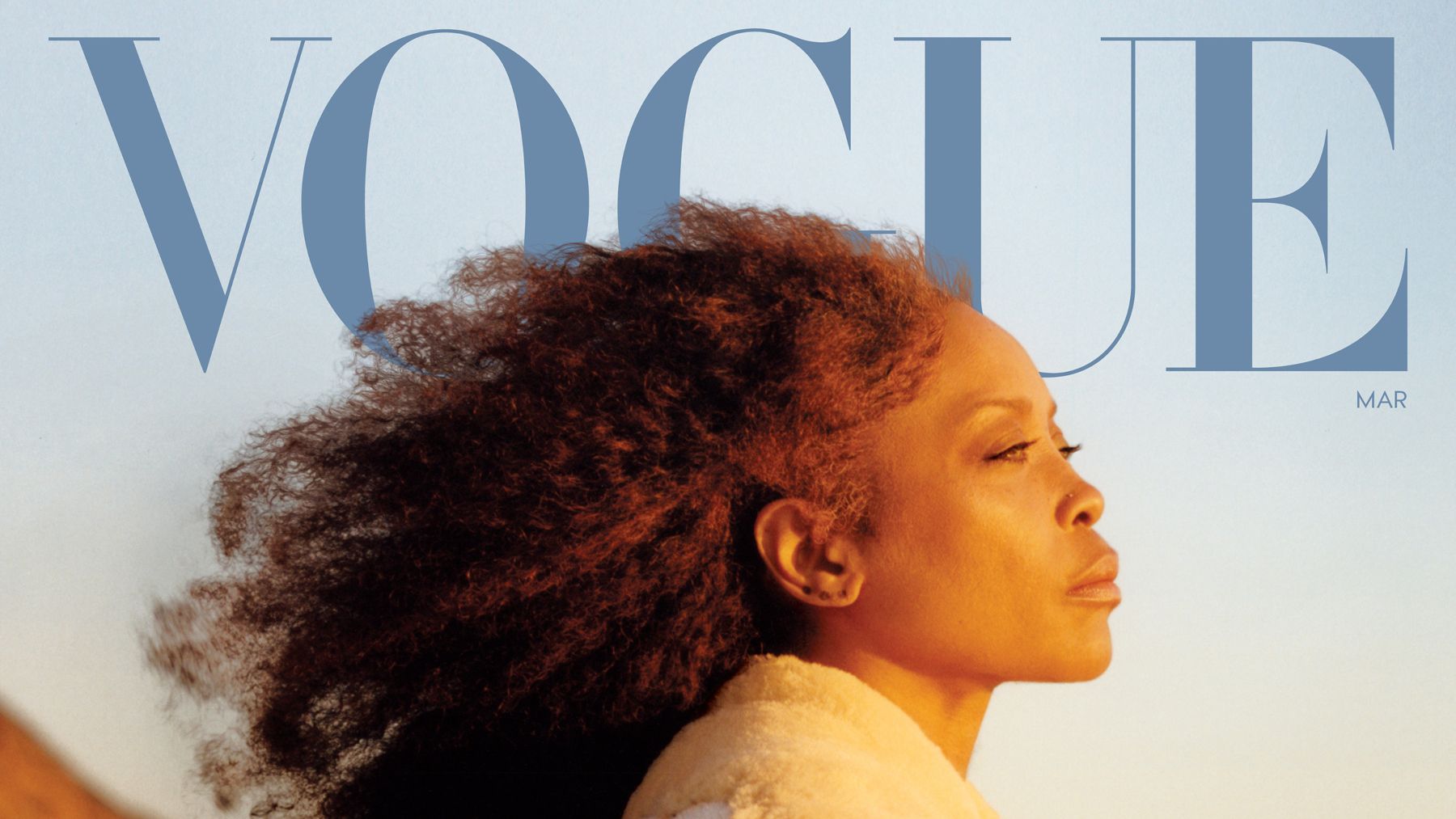
For over 100 years, Vogue magazine has been encouraging its readers to shop. Now, it wants them to turn their attention to their own closets.
To kick off fashion month, Vogue is launching a social media campaign it’s calling the #VogueReWear challenge. Vogue editors from its editions around the globe will participate, sharing photos of themselves wearing a single garment to multiple occasions and explaining how they style it for various settings. (Supermodel Amber Valetta, who is also British Vogue’s contributing sustainability editor, will also take part). In doing so, they’ll encourage Vogue readers to do the same, and will repost submissions to its own social media channels.
Anna-Lisa Yabsley, Vogue’s head of global digital strategy, said that the challenge was borne out of several pre-existing Vogue initiatives. For one, its sustainability directory, which catalogues different ways that readers can be more sustainable about their fashion and beauty habits, broken down into three categories: reuse, rewear, and repair. It also takes inspiration from its “Seven Days, Seven Looks,” video series on YouTube, where celebrities showcase a week’s worth of outfits.
The ultimate hope is that the #VogueReWear challenge kicks off an ongoing discussion, with the hashtag accompanying posts of social media users restyling items in their wardrobe for months or even years to come. The short-term goal, however, is that the conversation is sustained throughout fashion month, a time when users are looking to street style for outfit inspiration (and oftentimes shopping to recreate them), said Sam Sussman, director of creative development and programming for social media at Vogue.
At first brush, encouraging readers not to shop may seem like an unexpected choice — or even contradictory — for a fashion magazine that relies on fashion advertising as its primary source of income and regularly publishes commerce content. But Yabsley said that Vogue is looking to strike a balance between the two.
“We’re certainly not saying, don’t buy anything, we’re saying, be really mindful about what you choose to, you spend your spend your dollars on, and understand the life cycle of a garment, where it’s come from and where it potentially could end up,” she said. “We realise that we do have the ability to really, hopefully change people’s perception, when we put all of our our weight behind it.”
Vogue has dabbled with social media challenges in the past: In late 2020, it asked people to make their own “bustle” — a 19th century fashion favourite that created the illusion of an exaggerated behind — and share videos of their creations to TikTok. Those efforts, as well as ones like its Vogue Club, a subscription programme that offers access to subscriber-only events and gifts such as a Vogue t-shirt, are all part of an effort on Vogue’s part to increase the dialogue between the magazine and its readers, rather than solely dictating to them.
“Once we opened that gate to this idea of building community, it really sort of came quite naturally and started to manifest itself across all of our platforms,” said Yabsley.



